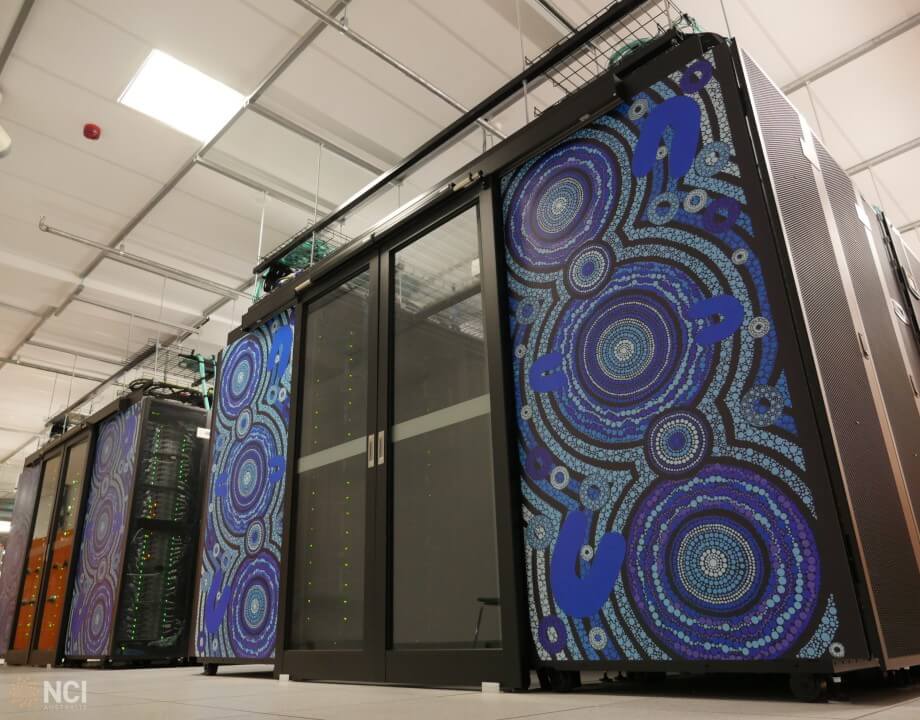With some help from the Astronomy Supercomputer Time Allocation Committee’s (ASTAC) Large Program allocation, two researchers from Monash University have delved deep into the belly of a dying star to investigate how some of the most energetic and magnetic objects are created by an explosive end.
A star at the end of its life can either go out with a bang or a whimper. Our star, the Sun, will end its days in around 5 billion years as a White Dwarf – after expanding and puffing layers of gas out into the solar system it will eventually collapse to into its final dense object with no explosive last hurrah. More massive stars, however, get a more spectacular end. Those that are around eight or more times as massive as our Sun get to go out in style, with a massive explosion creating an enormous amount of energy and enriching the space between stars with elements heavier than hydrogen and helium. These supernova explosions can also leave behind objects like neutron stars and black holes, known as supernova remnants.
Neutron stars are incredibly hot, dense objects, spinning rapidly with an incredibly strong magnetic field surrounding them. Sometimes, these neutron stars shoot beams of high energy radiation from their polar regions, making them detectable from Earth as we observe their consistent pulsing beacon – these neutron stars are known as pulsars. Another type of supernova remnant, a magnetar, is a type of neutron star with a slower rotation but an even stronger magnetic field. These emit very high energy radiation, like x-rays and gamma rays.
Researchers are keen to know more about these high energy objects, especially as it is currently unclear how they developed their incredibly strong magnetic fields. Future observatories, like the Square Kilometer Array, will hopefully provide some answers, but there are also astronomers who are currently studying the final days of massive stars to see if the mystery can be unravelled at a point before the star explodes.
With the help of ASTAC allocations for time on the Gadi supercomputer, Associate Professor Bernhard Mueller and PhD student Vishnu Varma from Monash University, created a series of computer simulations at the point that a star (18 times more massive than the Sun) has stopped converting hydrogen into helium and has started to burn heavier elements. At this stage, a star will go from burning helium to carbon, then burn neon, oxygen and continue on until it reaches iron. At this point, the star will begin to explode – however A/Prof Mueller and Varma found that by looking at the oxygen burning phase of a non-rotating star, it may be possible to see what effect the addition of a magnetic field has to the final object produced by the supernova (in this case, neutron stars like pulsars and/or magnetars).
The researchers found that the presence of a magnetic field didn’t have much effect on the flow of gases inside the oxygen shell in the core of the star as it burned. However, they did find that a magnetic field did have some effect on the energy release during this phase. While further simulations may be required, the published paper concluded that much stronger magnetic fields than those assumed for their simulations may exist in the core of a star in its final phases of life.

